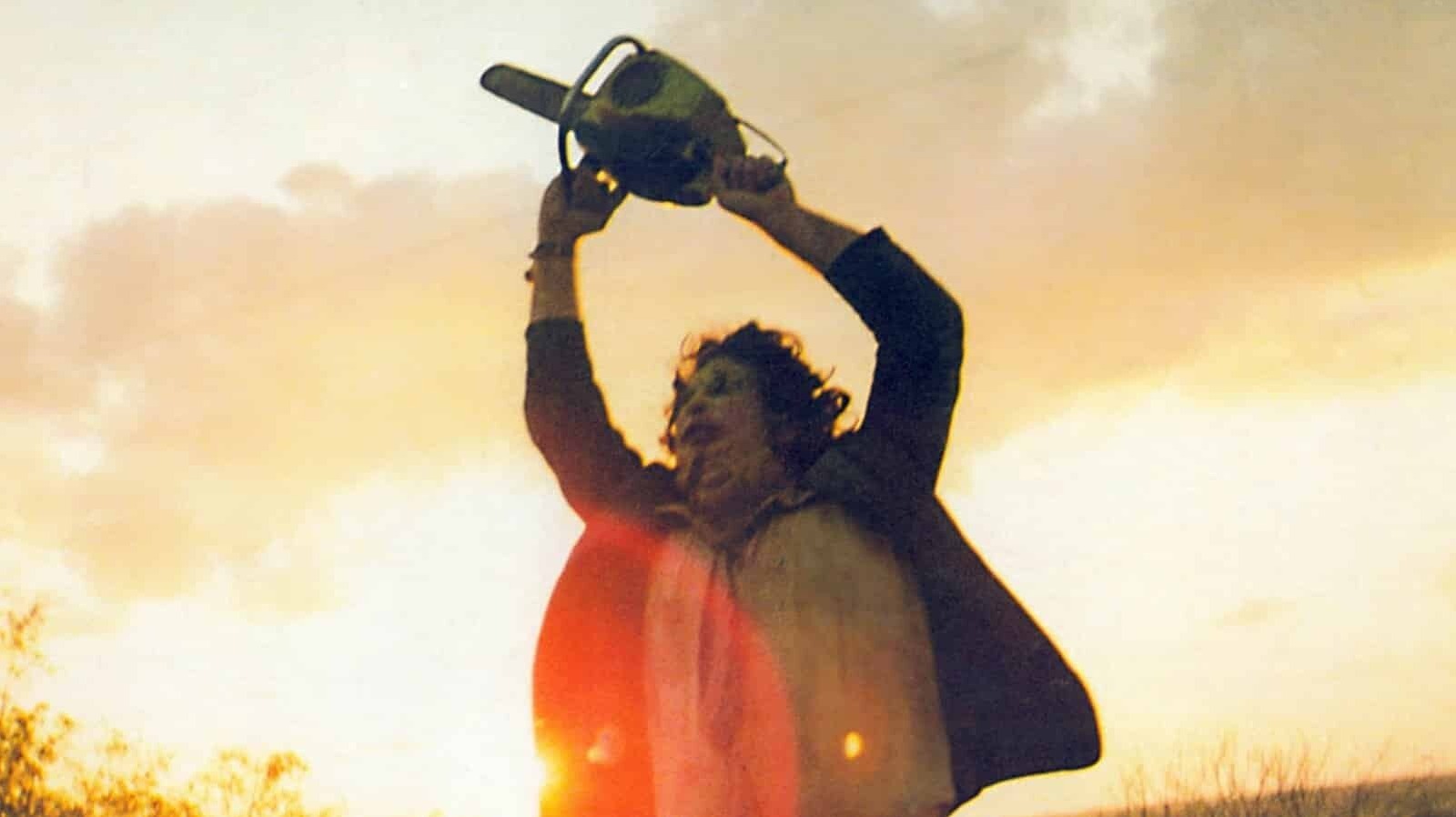Celebritiy
The True Story of The Texas Chain Saw Massacre Explained

The Truth Behind The Texas Chain Saw Massacre Untangled
Tobe Hooper’s iconic 1974 horror film “The Texas Chain Saw Massacre” is often mistakenly thought to be based on true events. However, a close look reveals that while it draws inspiration from real-life figures, there was no actual killer named Leatherface or a cannibalistic family called the Sawyers. The film’s enigmatic background has been muddied further by the franchise’s extensive reboots and sequels, which number nine films to date, some of which are reimagined tales or prequels.
At its core, “The Texas Chain Saw Massacre” narrates the harrowing journey of five friends traveling through rural Texas in search of a relative’s grave. Their adventure takes a dark turn when they encounter a deranged hitchhiker, leading them to a decrepit house inhabited by a family of cannibalistic killers. The movie escalates into a desperate struggle for survival, exposing the horrifying fate that befalls the intruders.
As fans of the original film might suspect, certain aspects of Hooper’s narrative were indeed inspired by true crime stories. The filmmakers drew from the notorious cases of serial killers such as Ed Gein and Elmer Wayne Henley. Ed Gein, a grave robber and murderer from Wisconsin, committed atrocious acts between 1947 and 1957, terrorizing local communities. He is infamous for exhuming corpses and fashioning grotesque crafts from their remains, a detail that strongly influenced the monstrous creations seen in “The Texas Chain Saw Massacre”.
Gein’s horrific legacy extended beyond the Texas Chainsaw franchise. His known crimes inspired other films, including “Psycho” and “The Silence of the Lambs”. The story of Gein includes the chilling abduction and murder of a shopkeeper, Bernice Worden. His home, discovered filled with nightmarish artifacts, became a morbid attraction for thrill-seekers long after his arrest, as he was sentenced to a mental institution before passing away in 1984.
Elmer Wayne Henley serves as a lesser-known influence on Leatherface. A Texan himself, Henley was involved in a shocking case of kidnapping and murder. Alongside his partner, Henley lured and assaulted teenage boys, leading to multiple murders. Although the film doesn’t depict such explicit crimes, Henkel, one of the film’s co-writers, found elements of Henley’s chilling personality appealing, which he felt mirrored the mentality of the killers portrayed in the film.
The striking visual style of “The Texas Chain Saw Massacre” is a defining aspect, evoking a documentary feel meant to shock viewers. Hooper, drawing on his experiences and the violent news landscape of the early 1970s, aimed to confront audiences with uncomfortable realities of human nature. The film reflects societal disillusionment, capturing the essence of America’s evolving relationship with violence during a turbulent historical period marked by the Vietnam War and political scandals.
As the franchise expanded, each subsequent “Texas Chainsaw” film took liberties with the original story. Hooper’s 1986 sequel shifted toward a more outrageous and surreal tone, while the sequels continued to explore varied narrative paths. Notably, the 2003 remake returned to the roots of Ed Gein’s crimes for inspiration, leading to further narratives branching out from that infamous legacy.
While some sequels briefly nod to Ed Gein, none heavily draw from new real-world events beyond the initial inspirations. The saga of “The Texas Chain Saw Massacre” ultimately exists within its own constructed mythology, blending horror and history in ways that continue to provoke thought and debate among fans and filmmakers alike.
